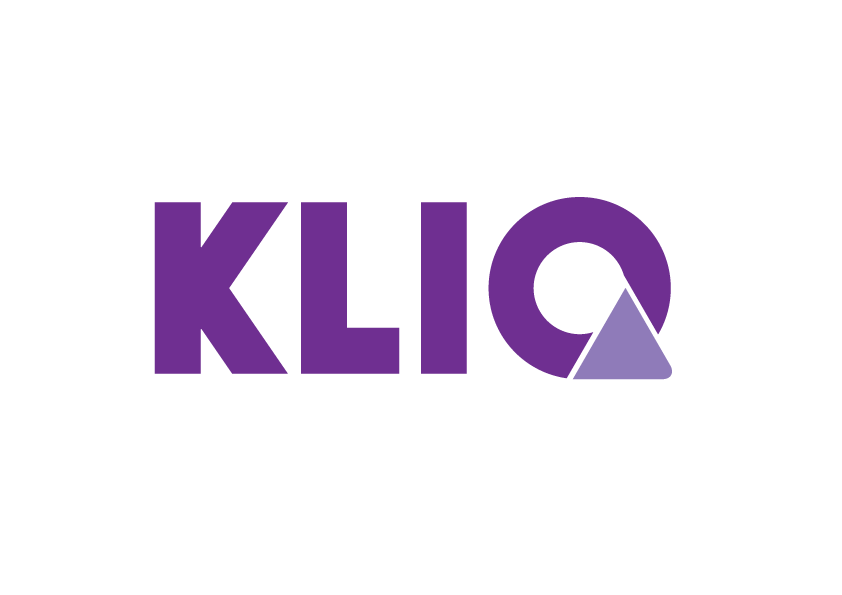Intro
A human resources policy can be seen as a set of measures and instruments aimed at all employees of an organisation with the aim of achieving the organisation’s objectives.
We will take a closer look at recruitment and selection, onboarding and formation / training / education (FTE).
Reflection exercise: recruitment and selection
Watch this video and write down the things that you notice during the conversation.
The lack of diversity-conscious recruitment and selection is partly due to conscious and unconscious prejudices.
As a result…
– … the applicant who has the most similarities to existing staff and therefore considered to fit the team best is often chosen. = affinity bias
– … a uniform workforce develops, with a dominant mono-culture that leaves little room for differences.
Furthermore, the recruitment and selection process is unconsciously influenced by social categorisation.
This means that…
– … differences between groups
are magnified.
– … differences between individuals within the majority group are minimised.
– … an individual candidate is assessed on the basis of the assumed competences of the group to which it belongs.
Anonymous resumes

Anonymous application helps to prevent discrimination in the first selection round. Recruiters then have few opportunities to use stereotypes and prejudices to reject a candidate. In some cases, recruiters may in fact unwittinghly discriminate against candidates based on prejudices.
E.g. by not knowing ages, you avoid discrimination and reasoning based on age, and you will sort resumes more objectivly, improving the quality of the selection.
Reflection exercise: anonymous resumes
- Do candidates in your organisation have the opportunity to send an anonymous resume?
- Is it possible to apply without having to give your name, gender, age, origin, address, photo or extracurricular activities?
- Are anonymous resumes considered?
- Is there a template that employees can fill in and submit that is used as an anonymous resume?
